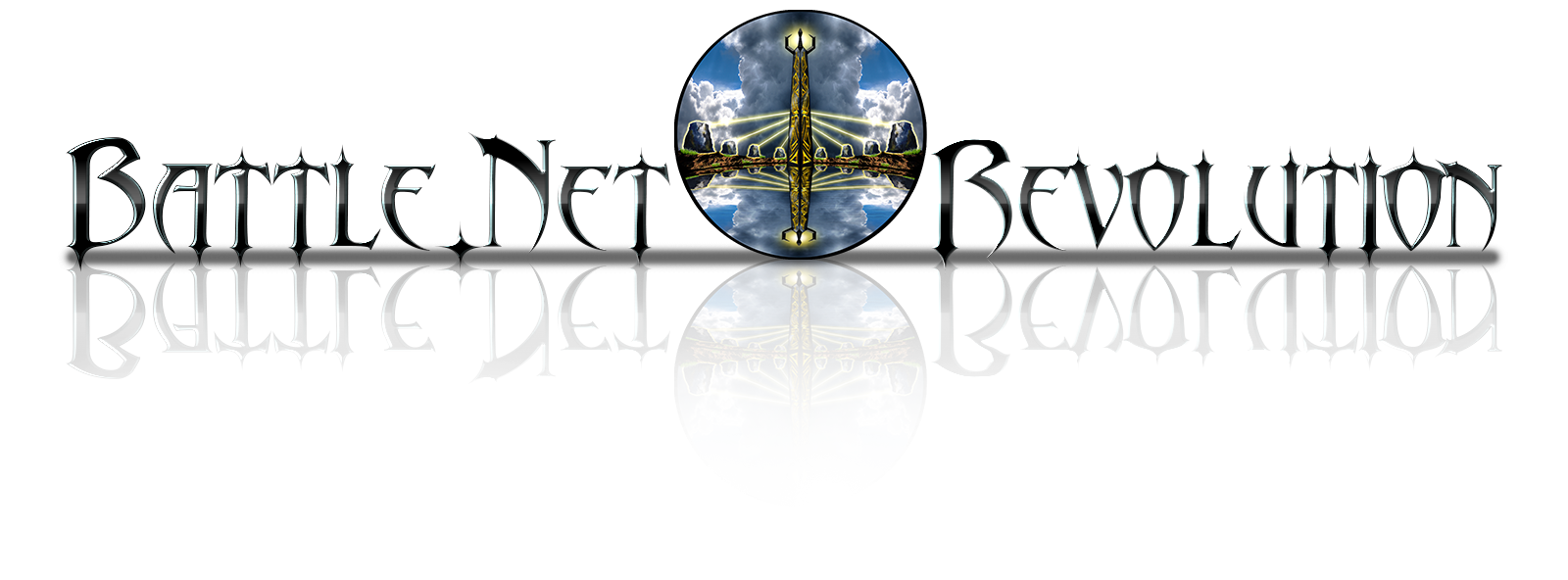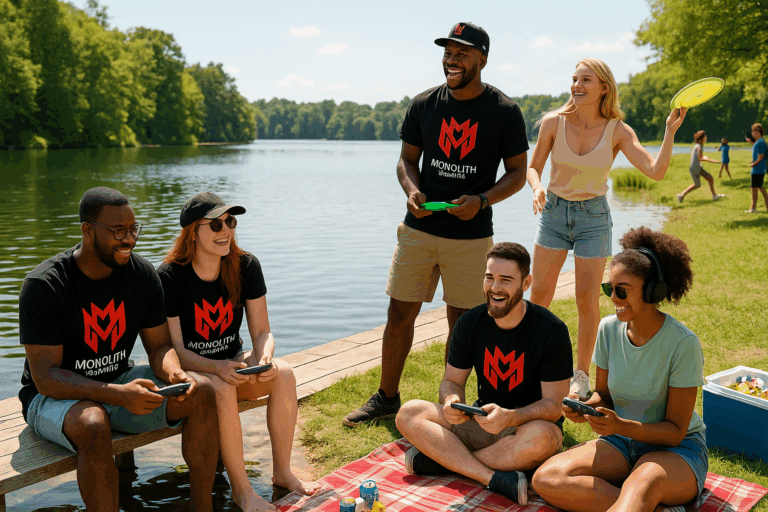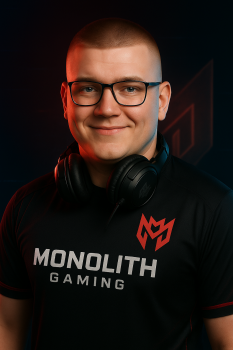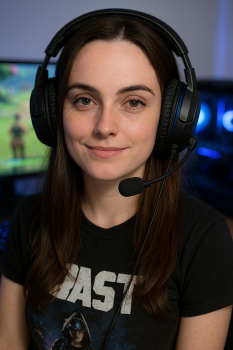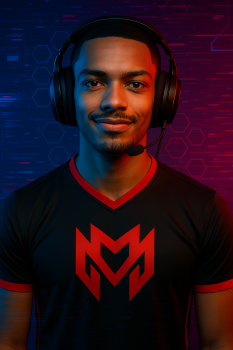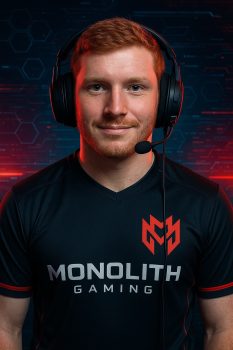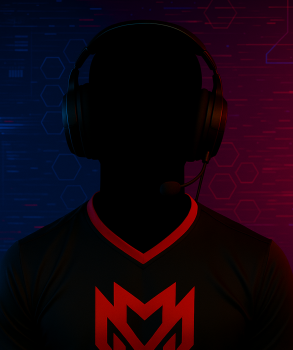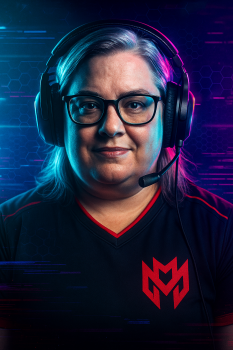The Beginning
It all began in 1996 when Chris and Patrick, both twelve years old, discovered Diablo and the early world of online gaming. Through the early internet service known as Battle.net, they ventured into dungeons, defeated demons, and most importantly, forged friendships with players across the globe. This era came to be known to them as the Battle Net Revolution (BnR). Instead of simply playing, they took on the role of Player Killer Killers, targeting those who disrupted the experience for others. Their efforts attracted a growing number of players, and BnR began to grow beyond just a guild - it became a movement.
By 2001, the guild was thriving, and with growth came competition. BnR's biggest rival was the Dark Knights of Kalimdor (DKK), a competing guild led by a player named Ernie. Fierce and frequent online battles that stretched across timezones (and entire weekends) took place, involving dozens of players, late-night strategies, and forums lit up with battle reports. Over time, that competition turned into collaboration, with Ernie conceding and joining forces with BnR. However, the online world was also growing darker. The rise of anonymity came with increased toxicity, and doxing, swatting, and harassment became unfortunate realities. Chris and his leadership team had to quickly adapt by enforcing strict codes of conduct and helping shape safer gaming practices within their growing digital domain.
In 2000, tragedy struck. Patrick passed away suddenly at the young age of 16. For Chris, this wasn’t just the loss of his best friend and co-leader, it was the loss of his brother-in-arms in the world they had created together. But Chris made a vow: to keep the community alive and thriving in Patrick’s memory. From that point on, the guild wasn’t just about games - it was about legacy.
Despite the loss of its co-founder, Battle Net Revolution continued to grow, expanding into the console space through the Halo franchise. Chris helped form a competitive Halo e-sports team, and the community remained active across multiple platforms, with nightly chat groups fostering strong bonds among members. As many original players moved on to new phases of life, they stayed connected through the shared history they had built. To build on that sense of purpose, the group later launched a clothing line that raised funds for charitable causes aligned with their values of hope, healing, and helping others.
